9 Scientific Facts That Are Surprisingly True
Categories: Nature | People | Photo project | Science | Society | World
By Vika https://pictolic.com/article/9-scientific-facts-that-are-surprisingly-true.htmlTo this day, 65% of our Earth - excluding land - is still shrouded in mystery, and 86% of the world's species are unknown. But science is constantly moving forward, and it seems that researchers always have something to surprise us with. For example, we recently discovered that doves can learn art and sheep can recognize your face.
We want to share the latest scientific research and amaze you with facts you may not have heard of yet.
9 PHOTOS
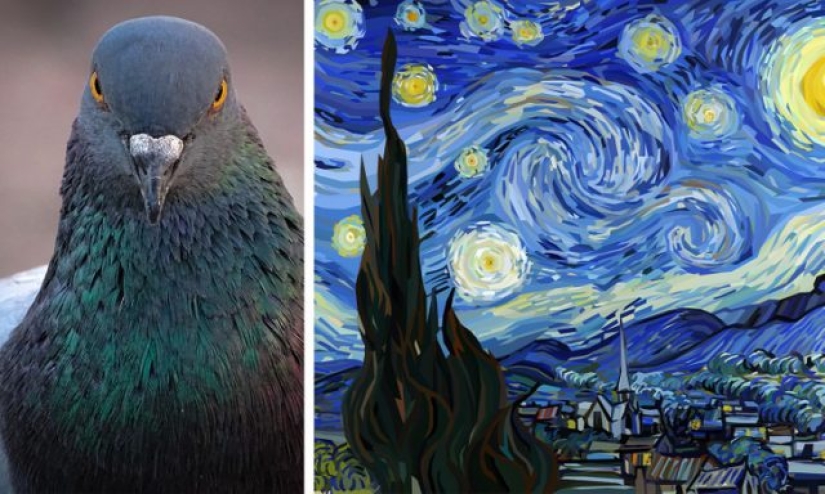
1. Can you identify good paintings? Well, pigeons can. One Japanese study showed that trained pigeons can distinguish between "good" and "bad" pictures. Scientists have found that birds use color, texture, and pattern to decide if a painting is beautiful (according to humans). Of course, we are not talking about advanced skills, but pigeons, if trained, can acquire the ability to judge beauty.

2. Recent studies have shown that sheep are much smarter than we think. They have advanced facial recognition abilities similar to primates. Thus, sheep are able to recognize familiar and unfamiliar human faces, and it may be interesting in the future to see if they can recognize different human expressions.
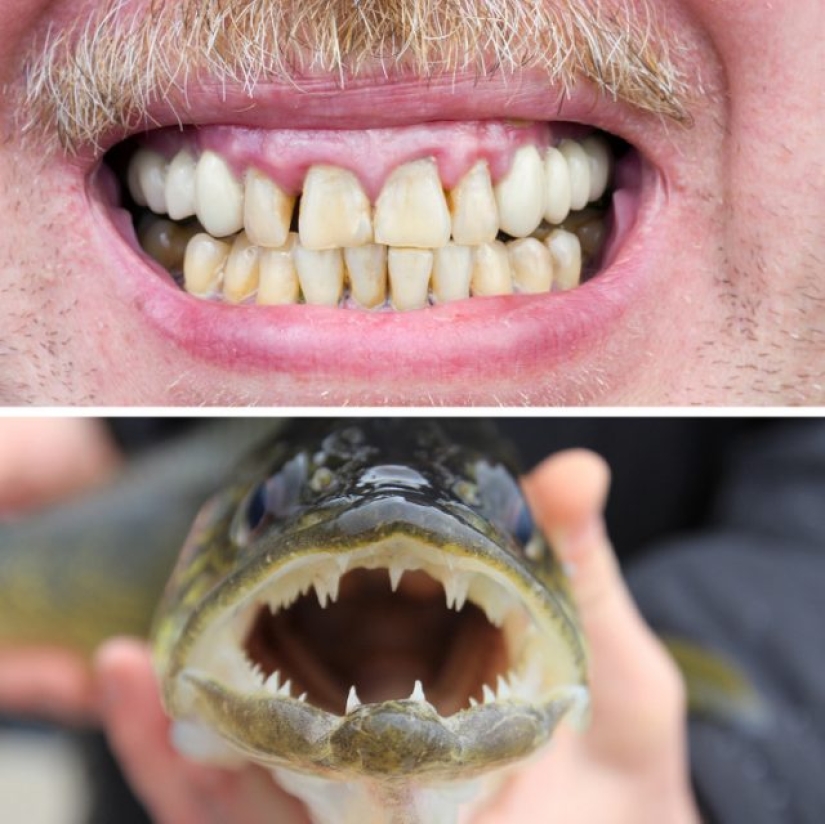
3. If you ask yourself where our teeth began to develop, you will not guess that this happened underwater. However, scientists believe that this is most likely the case. They discovered the teeth of one of the most ancient fish, which used to be located in the jawbones. And, apparently, their jaws bear enough resemblance to the jaws of modern man, so it is believed that they are our direct ancestors of ours.

4. One of the most incredible underwater animals is the octopus. They have 3 hearts, 9 brains, and blue blood. Why so many, you ask? In fact, each of the 8 tentacles has its own brain, connected to the central, ninth. Thanks to this, all tentacles can work independently of each other, but in harmony. Octopuses also have 3 hearts due to their structure: 2 hearts pump blood to the gills, and the third, the largest, is responsible for circulating blood to the rest of the body.

5. A fairly new study has brought incredible knowledge: our tongues can not only taste food but also smell it. Scientists have discovered that the taste cells of the tongue contain some of the same molecules as the olfactory receptors in our noses. Such research was inspired by snakes, whose tongues can sniff the air.
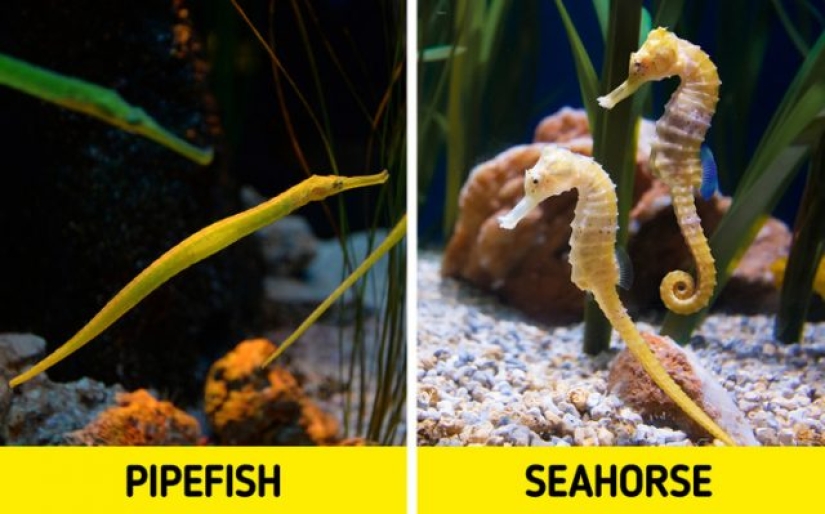
6. In the underwater kingdom, some males can give birth, and not just females. This "modest" list includes only 3 species: seahorses, sea needles and sea dragons. Male skates, for example, during the mating season swim up to the females and stick to them, and at this moment the male opens his pocket wide, and the female throws several eggs into it. In the future, the offspring of seahorses is carried by the male.
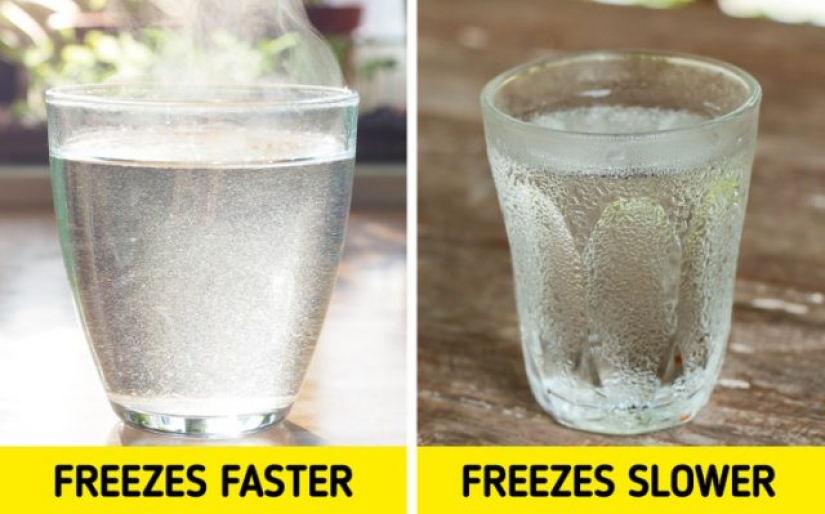
7. Since we all know that water freezes at 0 degrees Celsius, it may seem strange to hear that hot water freezes faster than cold water. But this is true, and this phenomenon is called the "Mpemba effect". Why is it so? In fact, there are more than 10 possible explanations for the effect, and scientists have yet to come to a consensus on the specific causes.
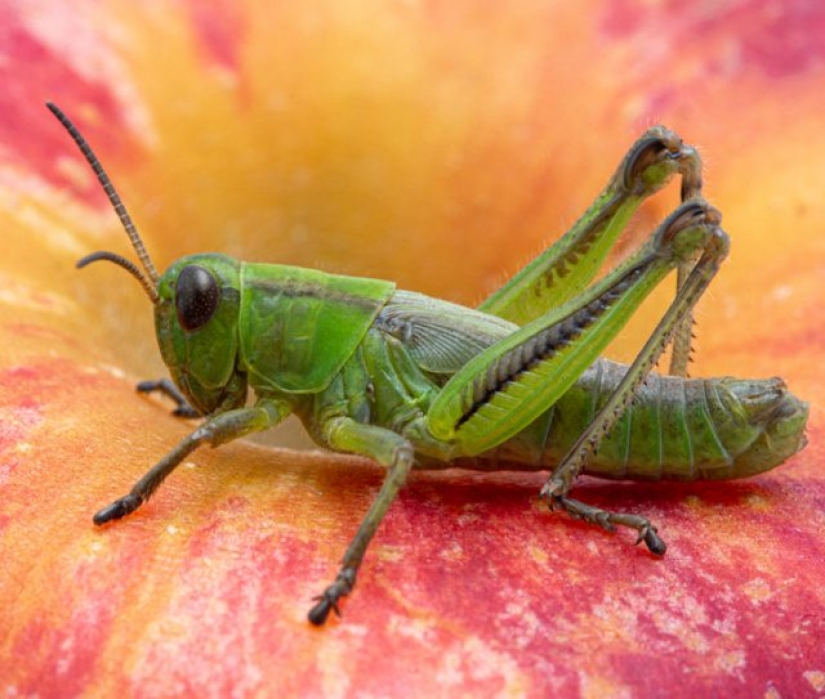
8. Grasshoppers are unique insects that, among other unusual features, have ears located on the abdomen, hidden under the wings. The ear organ allows grasshoppers to hear the songs of their fellow friends.

9. Although people considered this boiling river a myth, such a river exists deep in the Peruvian Amazon. In fact, the river does not boil, but its temperature is very close to this mark, and it is still very hot.
Keywords: Scientific facts | Science | Earth | Planet | Nature | Life | Mystery | Discovering
Post News ArticleRecent articles

What archaeologists have not found during the excavations of ancient Egyptian tombs and temples. Most of the finds became the ...

A battle cry is a special word or phrase that has great power. They are able not only to rally their comrades and inspire them to a ...
Related articles

Everyone knows such an expression as "died of boredom", which was especially loved by romantic writers of the 19th century. Many ...

If you have a dog, then you probably noticed that when he curls up at night at your feet, he sleeps especially soundly. Scientists ...

This branch of medicine as transplantation, there are more than a hundred years. Over this time there have been many successful and ...

As children, we all played, imagining ourselves as heroes of films and books. British artist Craig Davison was no exception. But ...